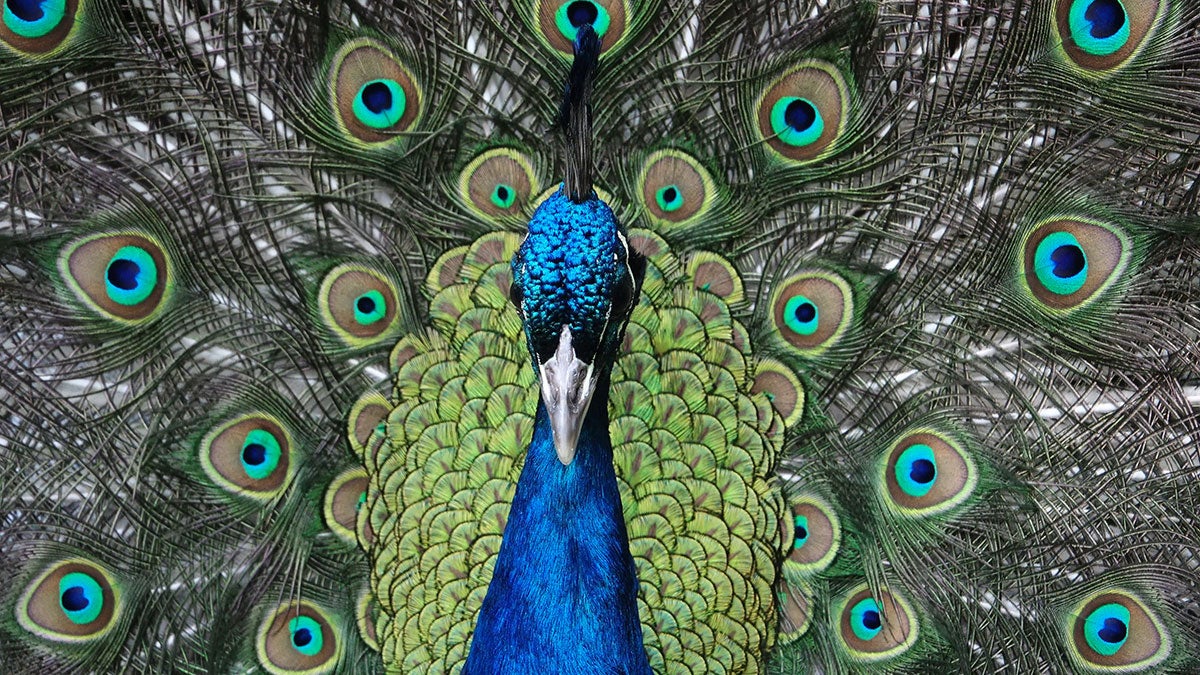Sony’s Cyber-shot RX10 line has redefined what we can expect from superzoom compacts, but can the latest in the line score the company a hat trick? Matt Golowczynski finds out in this RX10 III review
Sony Cyber-shot DSC-RX10 III review
Sony Cyber-shot DSC-RX10 III review: Performance

The camera’s electronic shutter permits shutter speeds of up to 1/32,000sec to be used, which was used here to freeze these water droplets
The effectiveness of an image stabilisation system is vital on such a camera, so it’s welcome to find this works as well as it does. The feed holds firmly as you compose the scene through the viewfinder. If anything, this is so effective that some may find it actually hinders accurate composition, in that the usual slow and continuous dragging of the feed is replaced by more defined jumps between positions as the camera drifts while handheld.
Its claimed effectiveness should make it possible to capture acceptably sharp images at around 1/30sec at the 600mm end. Using the viewfinder, with my face providing some support, I found it was indeed possible to achieve this, although only in-between many blurred results. But here’s something: this is just as effective when used in conjunction with the camera’s (JPEG only) Smart Teleconverter, as this offsets its 1.4x or 2x crop by outputting images at 10MP and 5MP, respectively. In other words, you can capture acceptably sharp images at an effective focal length of 1200mm – at a shutter speed of just 1/30sec. No doubt for more critical work many will prefer to deactivate this in favour of cropping a 600mm Raw file, but it’s impressive that this is possible straight out of the camera.

Captured using the camera’s Smart Teleconverter feature at 600mm, the effective SteadyShot system has meant this 1200mm-equivalent image is still sharp at 1/30sec
Raw files opened in Photoshop show practically no distortion and very little lateral chromatic aberration, although opening these files in Capture One Express – a downloadable trial of which is provided with the camera – shows this fine performance can be attributed to a profile embedded within the Raw file. Here, a moderate amount of distortion is apparent at both ends of the objective, although chromatic aberration, while present, is surprisingly low.
Very slight vignetting at f/4 can be noticed in captured images of a plain white subject, although this improves at mid-range apertures and fails to manifest itself to any noticeable level in real-world images. Perhaps most crucially, although some softness can be seen in corners at these settings, detail across the frame remains relatively consistent.

The profile built into the camera’s Raw file successfully corrects pincushion distortion at the telephoto extreme of the lens
I found the camera’s metering system to do an excellent job to expose appropriately for a range of scenes, doing particularly well when faced with a high-contrast scene with large areas of highlight detail, the kind that easily sways many cameras into underexposure. In such a scene this can cause highlights to blow their detail, and against defined edges, such as a window frame, this can have the effect of causing blooming and purple fringing.
Sony’s Dynamic Range Optimizer technology has proven itself in previous models, and once again it helps to bring up shadowy areas in such scenes where necessary. Examining JPEG files with their Raw counterparts shows some of the finest highlight detail to be lost in the former, although plenty more can be successfully regained with careful post-processing. I was also pleased with the reasonable amount of detail that could be teased out of shadow areas in underexposed Raw images.

While the RX10 III wouldn’t be an obvious choice for low-light performance photography, this image captured at ISO 1600 shows very good detail in such circumstances
Colours produced using the default Standard Creative Style appear to be largely accurate, although I often made use of the Vivid option for its ability to make colours more vibrant without being too artificial, particularly when shooting flowers, foliage and so on. Colour accuracy is helped by a largely unerring auto white-balance system, which maintains a strong performance under combinations of natural and artificial light.
The standard of video is impressive. There is plenty of detail in 4K footage and movement is nice and fluid. If zoomed in sufficiently on a person, the face detection also does a great job to notice the subject, and the slight sound from the lens is often sufficiently masked by ambient noise. Aliasing artefacts are low in many scenes, but noticeable in compositions that contain the usual problematic subjects, such as architecture. With audio, activating the wind filter is advisable as the camera can pick these sounds up quite easily, although audio quality itself is perfectly good.
The High Frame Rate options are also fun to experiment with, although there is a marked difference in quality between the three options available. The 250fps maintains good detail and is free from artefacts, but things turn sour at 1000fps options and you really need good light for these to be usable.

4K video grab
The ability to lift 8.3MP JPEGs from 4K video footage may not sit well with purists, but this is clearly a useful option and the way in which this has been implemented is well thought out. Footage can be slowed right down, rewound and fast-forwarded until the desired point is reached, and the high resolution of the screen allows you to check if the frame you are pulling out is appropriately focused.




